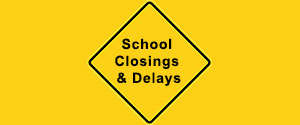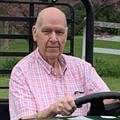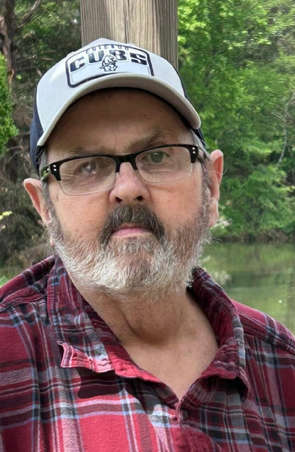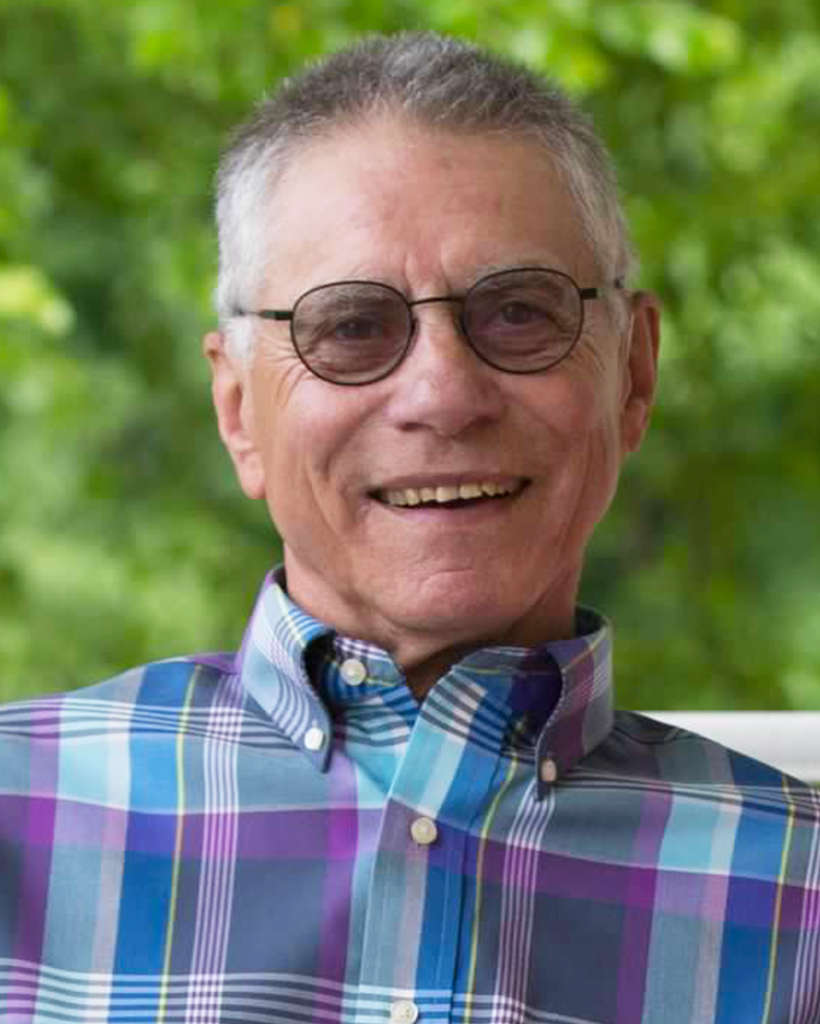
Tensions ran high Thursday morning at the Indiana Supreme Court as justices heard arguments in a case that could change who has the duty of care — private property owners or county officials — for visual obstructions at rural intersections.
Yerano Martinez collided with another vehicle at a rural four-way intersection in Miami County, claiming an overgrown bush on Jeffrey Smith’s property obstructed his view of a stop sign. He sued Smith and accused him of negligence for failing to maintain the bush.
Smith countered and claimed that landowners have no duty to protect motorists from conditions that remain entirely on private property and do not intrude upon the roadway.
The court proceedings cited previous precedent that said the landowners have no duty to the motoring public to avoid creating or maintaining visual obstructions.
That ruling established a “bright-line rule,” finding that “landowners owe a duty to passing motorists on adjacent highways not to create ‘hazardous conditions that visit themselves upon the roadway’; but when a land use or condition that may impose a visual obstruction is ‘wholly contained on a landowner’s property, there is no duty to the traveling public.'”
The trial court and the Indiana Court of Appeals both agreed with Smith, granting him summary judgment. Martinez then petitioned the state’s highest court.
Arguments on Thursday
On Thursday, Martinez’s attorney, Scott Faultless, asked the Supreme Court to overturn the lower court’s ruling and allow a jury to decide whether Smith bears responsibility. Faultless argued that the bush interfered with a public right of way by blocking traffic signage and fell outside previous protections.
“This case is the next step in the race,” Faultless said, referring to the litigation.
Faultless argued that while the earlier case was correctly decided, it should not shield property owners who allow visual obstructions near public roads. He pointed to Indiana common law and statutes, arguing they impose a duty on landowners to prevent visual obstructions. He added that the bush in question appeared within the public right of way, based on evidence it had been planted and maintained by Smith, and mowed around.
Justices pressed both sides for clarity. They explored whether a stop sign, as a vital traffic control device, constitutes part of the roadway — and whether obscuring it is protected.
Smith’s attorney, Sheila Sullivan, maintained that local governments are responsible for managing traffic visibility. She argued that counties employ people to handle these kinds of problems. But justices questioned whether rural counties like Miami have the capacity to consistently address such issues.
During the 2025 session, lawmakers proposed legislation — sparked by a tragedy — taking an aim at dangerous overgrown rural intersections. The bill would apply to any agricultural land located alongside local road intersections without traffic signals. It would also require a landowner or renter to maintain a “line of sight triangle.”
Under the bill, local governments could send landowners or renters a notice if they were not in compliance. People involved in vehicle crashes resulting from blocked sights would be able to sue for damages. But Senate Bill 183 died. Weaker language passed in another bill.
The court will make its final decision on whose responsibility it is to take care of the obstruction in the coming days.


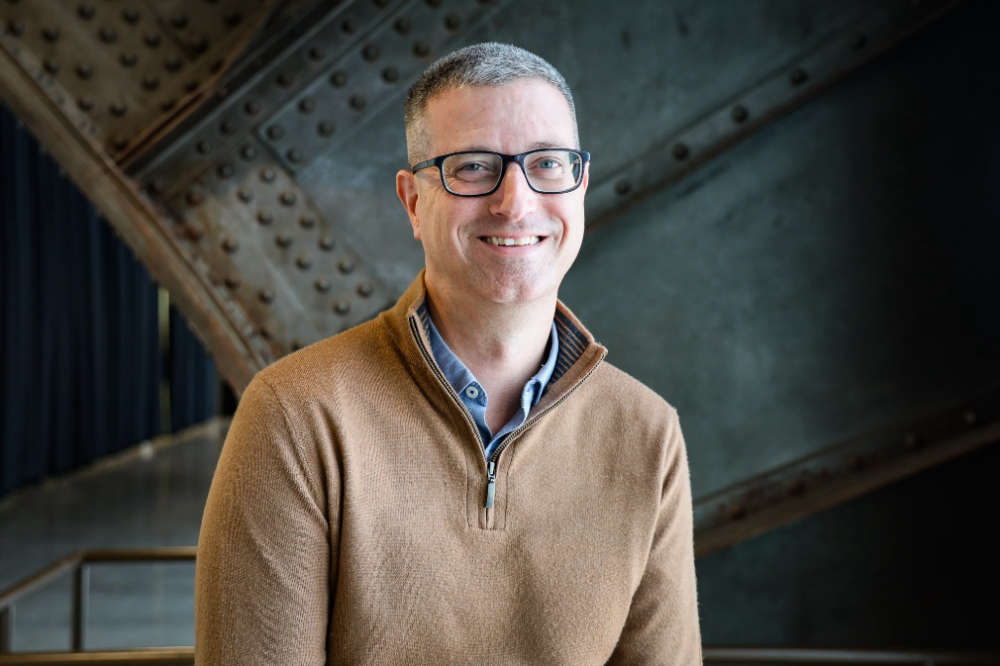 Ray Allison named next executive director of the Indiana State Fair Commission
Ray Allison named next executive director of the Indiana State Fair Commission
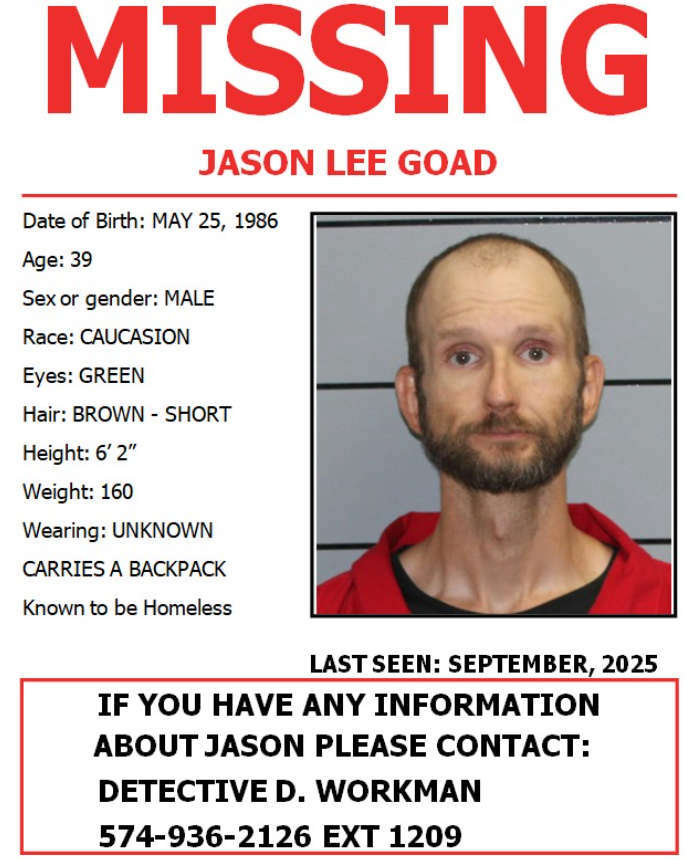 Plymouth Police ask public's help to find missing man
Plymouth Police ask public's help to find missing man
 INvestABLE Indiana announces expanded eligibility criteria beginning January 1
INvestABLE Indiana announces expanded eligibility criteria beginning January 1
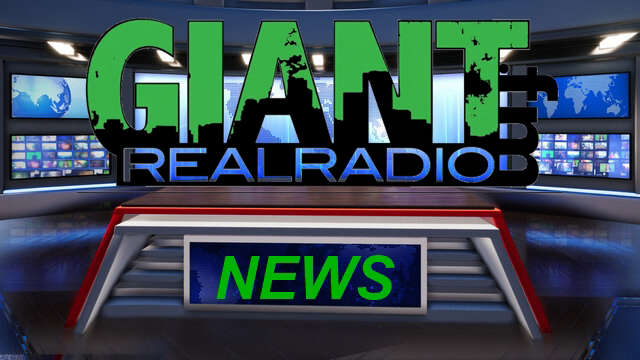 Governor Braun announces record year for Indiana tourism
Governor Braun announces record year for Indiana tourism
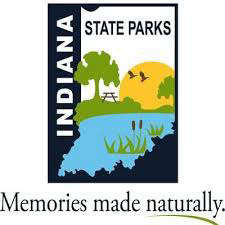 Indiana's state parks offer New Years Day events
Indiana's state parks offer New Years Day events
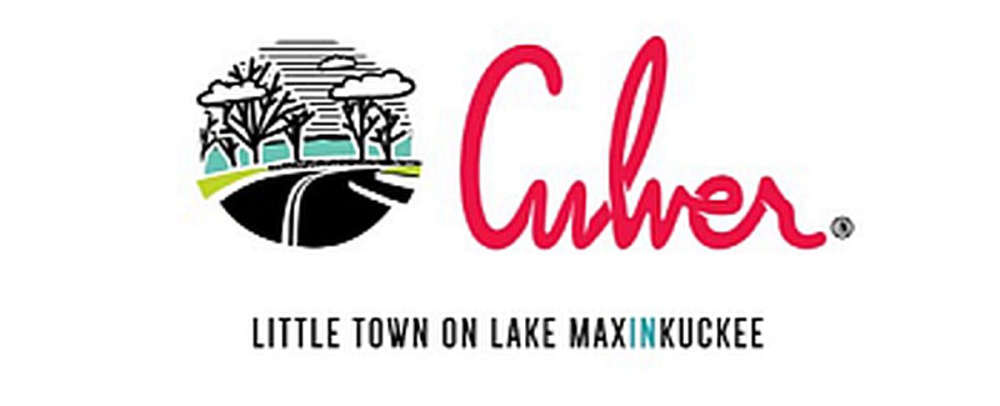 Culver Town Council to tour wastewater treatment plant
Culver Town Council to tour wastewater treatment plant
 Francesville and Medaryville receive OCRA grants
Francesville and Medaryville receive OCRA grants
